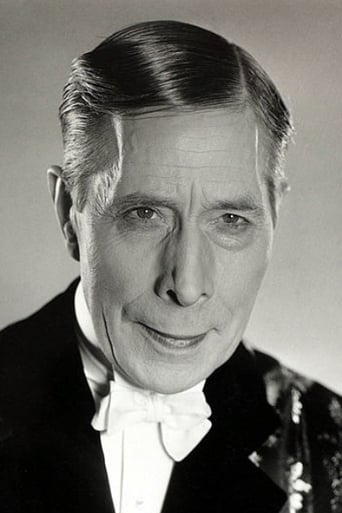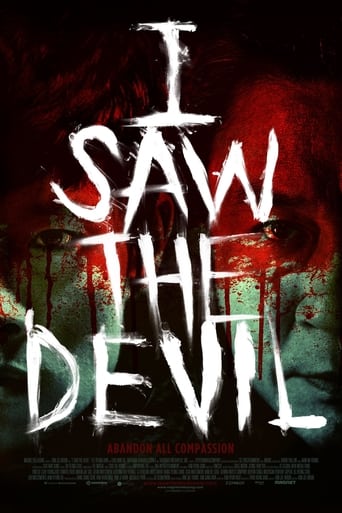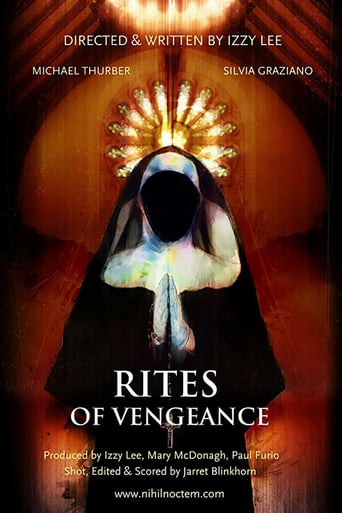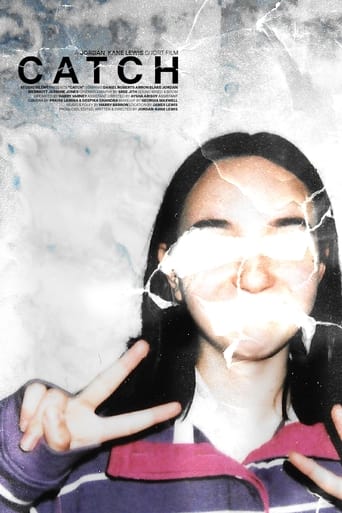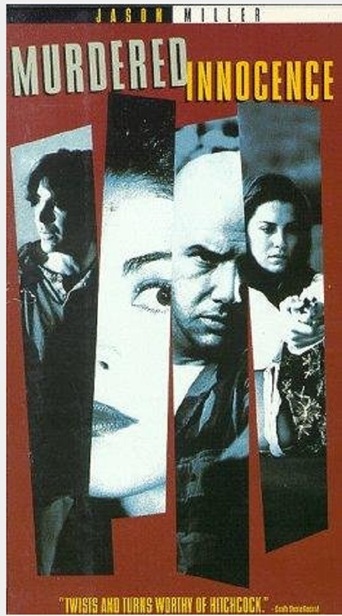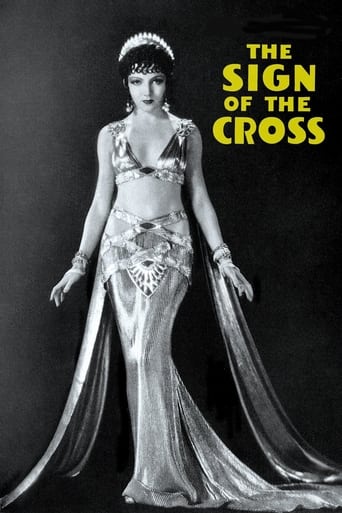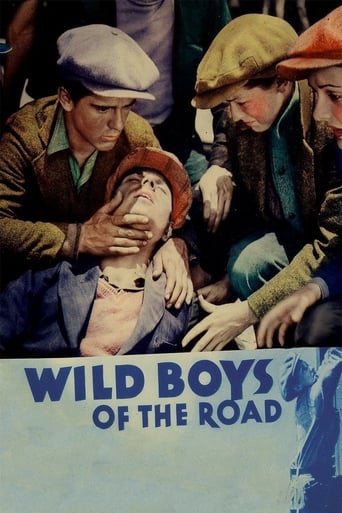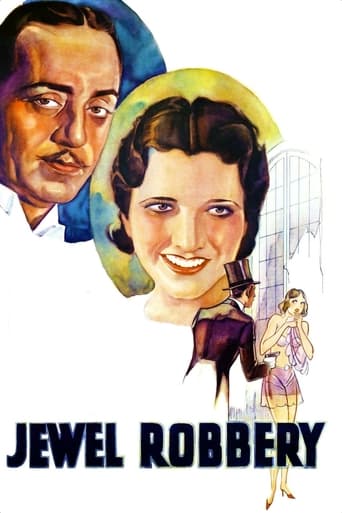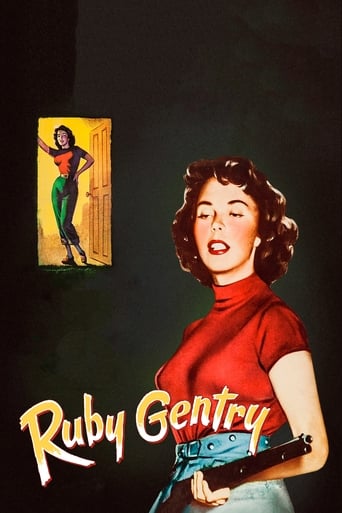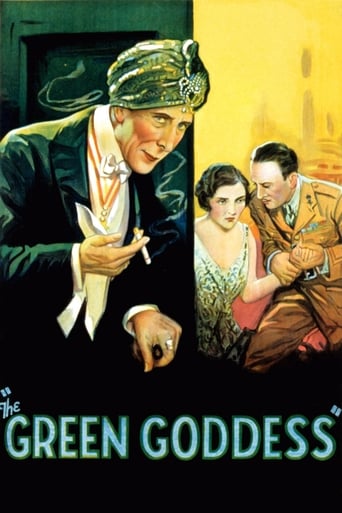
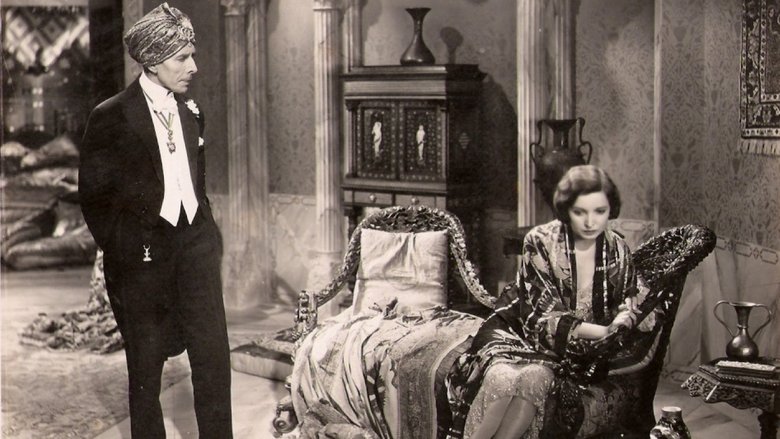
The Green Goddess (1930)
An airplane carrying three Brits crash lands in the kingdom of Rukh. The Rajah holds them prisoner because the British are about to execute his three half-brothers in neighboring India.
Watch Trailer
Cast


Similar titles
Reviews
How sad is this?
Admirable film.
It's the kind of movie you'll want to see a second time with someone who hasn't seen it yet, to remember what it was like to watch it for the first time.
This is a small, humorous movie in some ways, but it has a huge heart. What a nice experience.
***SPOLIERS**** Held back from released in favor of his 2nd talkie "Disraeli" George Arliss is the British educated Himalayan Raja of the land of Rukh who after have three British subjects fall into his hands, when they crash landed, held them hostage to get his three murderous brothers-Moe Larry & Curly-from being executed by the British in India. Not only that the hot blooded Raja got the hots for one of his British captives the homely looking Lucilla Crespin, Alice Joyce, who compared to the women of his kingdom is as sexy looking as Cleara Bow. It's when Lucilla's ex-husband and now new lover Major Crespin & Dr. Traheme, H.B Warner, Ralph Forbes,find out what the Raja's is up to they try to contact the outside world with the help of the Raja's communication chief British turncoat Watkins, Ivan F. Simpson. That by bribing him with 2,000 pound sterling where he in fact double crosses them warning the Raja in what their up to! And in return Watkins ends up getting tied up and thrown off, by the Major & Dr. Traheme, a 500 foot cliff to his death.With the Raja and his hoods coming on the scene he shoots and kills the Major before he can send out an SOS only to later have the cavalry or RAF show up and threaten to bomb the living hell out of him and his fanatical, who think that he's God, followers. Seeing the writing on the wall the Raja meekly gives in and lets his hostages, including his future bride to be Lucilla, go free without as much as firing a shot. And at the same time him not being charged by the British for the murder of British nationalist Major Crespin. As hard as he tried George Arliss was anything but convincing as a non-British Hamalayin or Indian Raja as well as most of his followers who seemed to be mostly made up of European Hispanic and African American actors. It also didn't make any sense in Arliss attraction for Lucilla, who hated the very sight of him, who's lust for her seemed to be more forced then genuine. As for Alice Joyce who played Lucilla she seemed to have been so traumatized in her role, in having to fight off a lustful and sex crazed Arliss, that she soon retired from making films and was never seen or heard from on the silver screen again.
This film was hampered by the newness of the sound process--so please keep this in mind if you watch it. Early talkies tended to appear very claustrophobic--with all the action confined to small space on screen due to primitive recording equipment that could only pick up sound directly under the microphones. In addition, several innovations were still in the future--such as providing incidental music during the film. Believe it or not, to get music, an orchestra had to perform live just off camera! And, finally, some of these sound films did not feature integrated sound (by encoding it on the side of the film strip) but on a separate record--which caused MANY problems with perfect synchronization and the records wearing out after only a few performances. This Warner Brothers/Vitaphone release is one of these sound films employing a record. However, in an odd twist, years after the film was made the accompanying disk was transferred to film stock. To do so, the left edge of the film strip needed to have the sound encoding added--explaining why a bit of the left side of the print is clipped. So, when you see the film, bear all this in mind.The film is set in a mythical kingdom along the border with India. A group of three travelers have trouble with their airplane and are forced to land. At first their reception by the local king (George Arliss) is very cordial. However, he and the travelers know the same secret--the Indian government has three of Arliss' countrymen and are planning on executing them. Now, with these three travelers in his control, Arliss can hold them hostage and possibly kill them in retribution. Naturally, the three want to escape or contact the British authorities in India about their plight."The Green Goddess" is divided into roughly two sections--the first one that consists of Arliss and the three acting cordial and then verbally sparring and the second involving their escape plans. The initial segment is very talky and static--the second very violent and more exciting (with a horrifying scene near the end). However, at no point in all this does any of this seem realistic in the least. Part of this is because the British Arliss is a bit silly as an Asian. The rest of this is that the script is very old fashioned and never the least bit believable. However, for fans of old-time cinema it's still worth seeing mostly because it's one of Arliss' surviving films and there just aren't that many opportunities to see this famous silent star--most of his films have simply become lost to the ravages of time. Not a great film but worth while if you are a true cinema freak.
This was one of Warner Brothers' early talking picture experiments, made in late 1929 and released in 1930. The main thrust behind Warner Brothers' being first in talking pictures with "The Jazz Singer" died with its premiere - Sam Warner died just before the Jazz Singer opened. Since the other brothers had been dragged kicking and screaming into the talking picture era, Warner Brothers fumbled around from that point until late 1930 when they truly began to find their stride. This film is from their "fumbling era" of 1928-1930.That doesn't mean that this picture or any of their other experiments are necessarily bad, it just means that they are truly experimenting at this point with somewhat kooky plots they would never try just a couple of years later. Warner Brothers was very fortunate during this time to continue a long running relationship they had with one star of the stage - John Barrymore - and begin a relationship with another - Mr. George Arliss. His acting is the main reason to watch this film.Here Arliss plays the wise and wizened Raja of the mythical kingdom of Rukh. The day before his three brothers are to be executed for an assassination of a British official in India, three British citizens crash land in his kingdom, having gotten lost in the fog over the Himilayas. The primitive people of his kingdom, who worship a green goddess, see this as a gift from the goddess - a British life each for the lives of the Raja's three brothers taken by the British. The three British prisoners had quite a bit of drama in their lives even before landing in this mess. Major Crespin (H.B. Warner) has been an unfaithful husband to his wife Lucilla (Alice Joyce), who has forgiven him but not forgotten. The pilot, Dr. Basil Traherne (Ralph Forbes) and Lucilla have been in love for years, but have done nothing about it because Lucilla is still technically married and wants to remain so because of her two children.The Raja is technically and politically astute. He actually wants to kill his British prisoners as a kind of thumb in the collective eye to the British for keeping the Indians in subjection. However, he is also smart enough to know his "goose would be cooked" if the British ever knew what he did. He also doesn't really want his brothers released, because their deaths eliminate any possible wranglings over his throne should he die before his own children reach adulthood. Learning his lesson from British and Russian history, surviving uncles are not always so kind to the surviving underage progeny of deceased kings. We learn all of this from Arliss' own lips as he gives a superb performance every bit as good as the one he gave in Disraeli, just in a more inane plot.The Raja does offer one concession, he will spare the life of Lucilla if she agrees to be his consort and bear him a son. He even agrees to smuggle her children out of India and bring them to her so she can raise them. As for the other two, they are pretty much condemned to die, but there is one hope for them all. There is a wireless device in the Raja's castle with which - if they can get access - they might be able to get a message to India. Also, the Raja has as his assistant a man of British birth named Watkins, a condemned criminal if he returns to his homeland, but inside Rukh he is the Raja's link to the culture and habits of the west and, more importantly, the Raja's wireless operator.The kookiest part of this film - Nigel De Brulier as a wild looking bearded man who is always looking through keyholes and - for some reason - is given to carrying around a trident. I highly recommend this film to the fans of early talkies. This one will hold your interest.
For the historically challenged it may come as a surprise that once upon a time England (Great Britain) was the foremost power in the World. The Empire which 'The Sun Never Sets On'. Two (2) World Wars and the break-up of that Empire has reduced it too its former colonies Eastern outpost and unsinkable Aircraft Carrier.THE GREEN GODDESS (1930) is a remake of its silent predecessor, '1923' which was inspired by its stage origin, '1921'. All three featured early 20th Century Stage and Screen Star, George Arliss. Mr. Arliss had a habit of playing eccentric and/or historical characters, first for Warner Brothers then later at 20th Century Fox. This was not the first nor last time that Mr. Arliss would successfully either transfer a stage triumph or remake the silent version for the Silver Screen.'THE NUTS'; A forced landing of three (3) British subjects in a Kingdom north of India are held hostage by 'The Raja of Rukh' (ARLISS). The price of their freedom, the release of his three (3) murderous half-brothers condemned to death. If not released they will forfeit their lives too the Raja's rather blood thirsty subjects. Who curiously seem to resent the 'British Raj' running of their country, go figure? How does it end just requires that you watch it for it is interesting viewing, nuff said.The film is unusual for its time for showing the resentment that the indigenous peoples had for their British Over-Lords. Most Hollywood films payed homage to the Empire so they would get wide release and profits from their product. Opponents too 'the Empire' were portrayed as fanatical 'nuts' or worse. Though Mr. Arliss's acting style seems stage bound by todays conventions he is still a commanding presence and recommend not only this film but others he did for viewing.On a last note, fret not England. Another former empire is our Western outpost and Aircraft Carrier. A former Naval pupil of yours, called Japan. So you are in good company.


